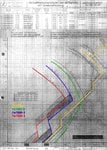However the point is that the Ta-152H was perfectly carrier capable
How so? Is this an assumption?
I dont ever recall hearing of any tests done that would prove it was carrier capable? It might very well have been so, but without proper proof it is nothing more than an assumption.

